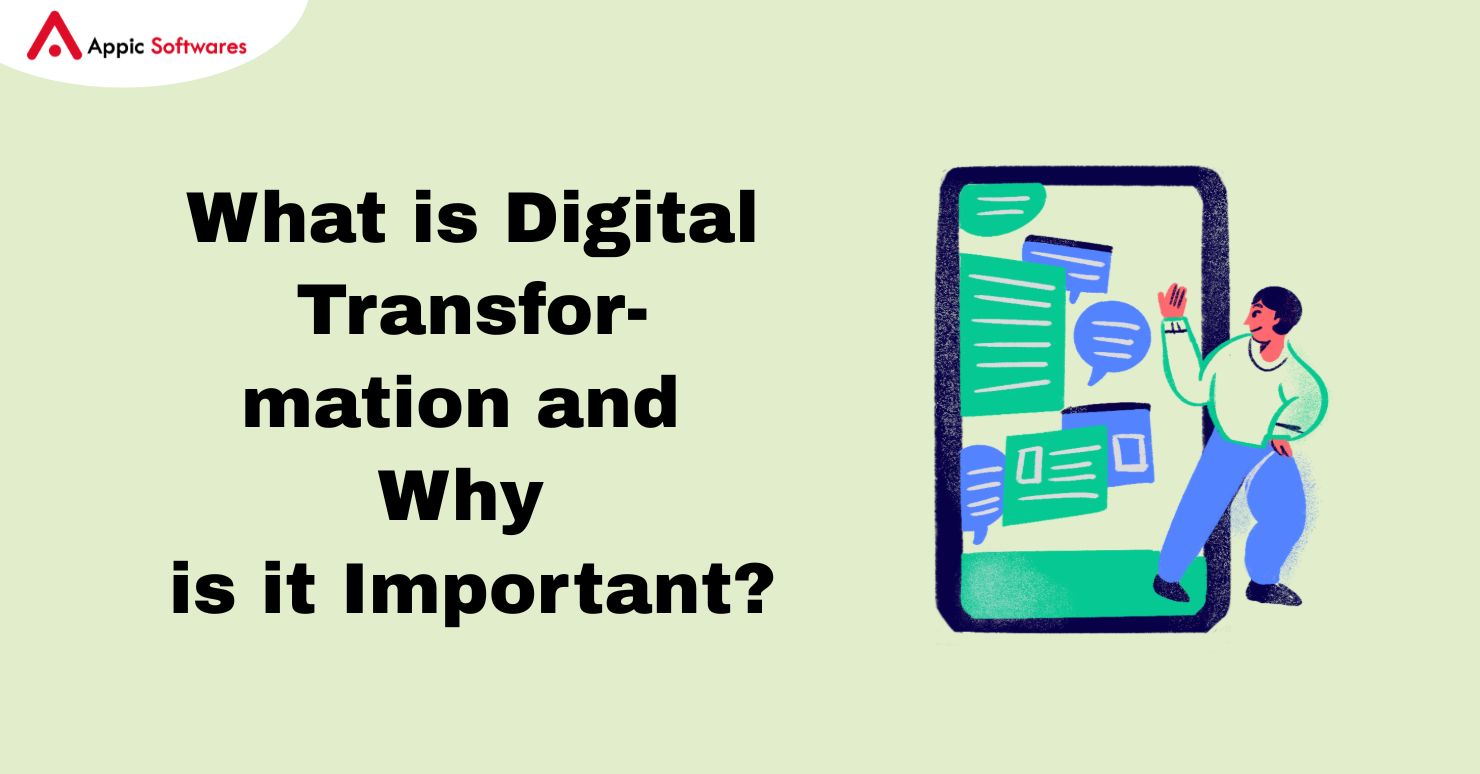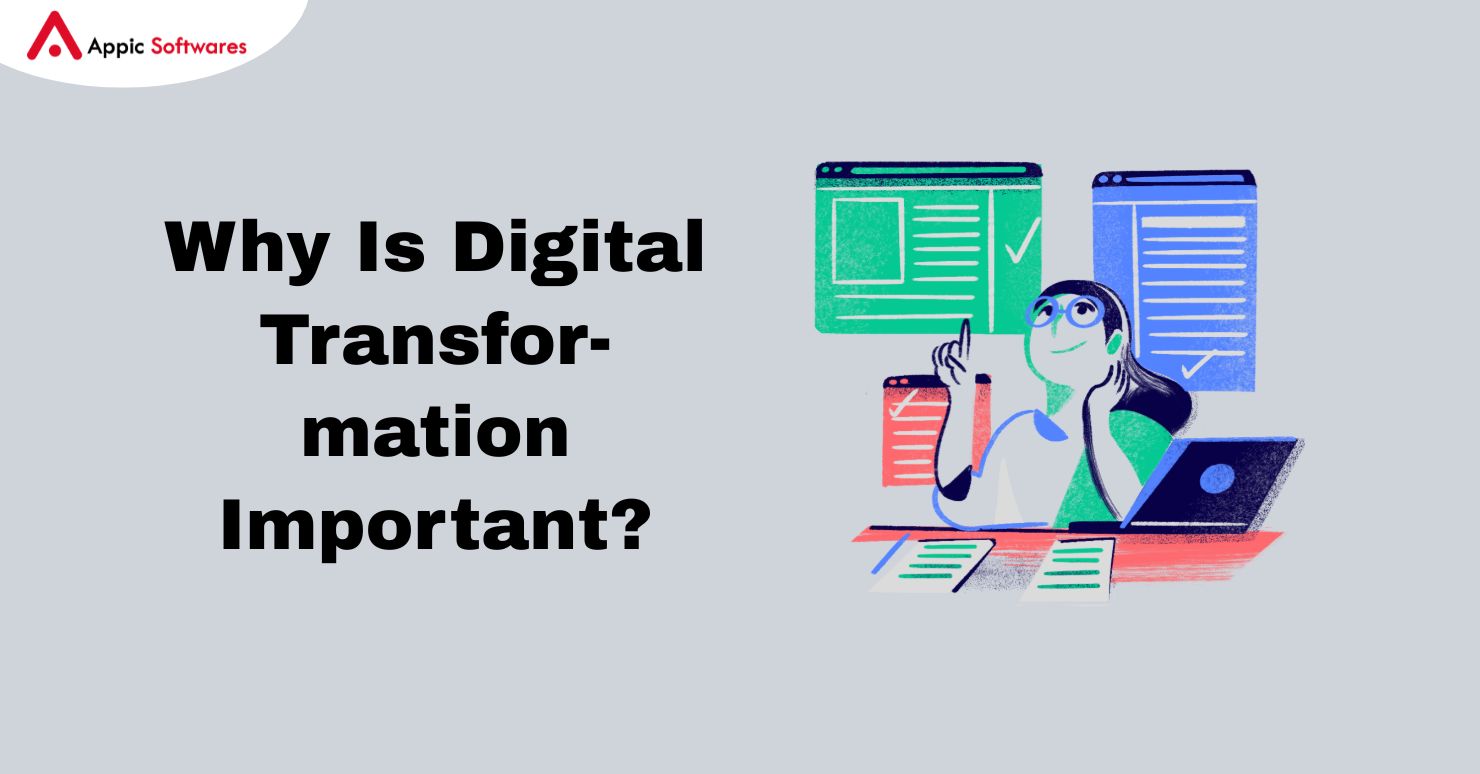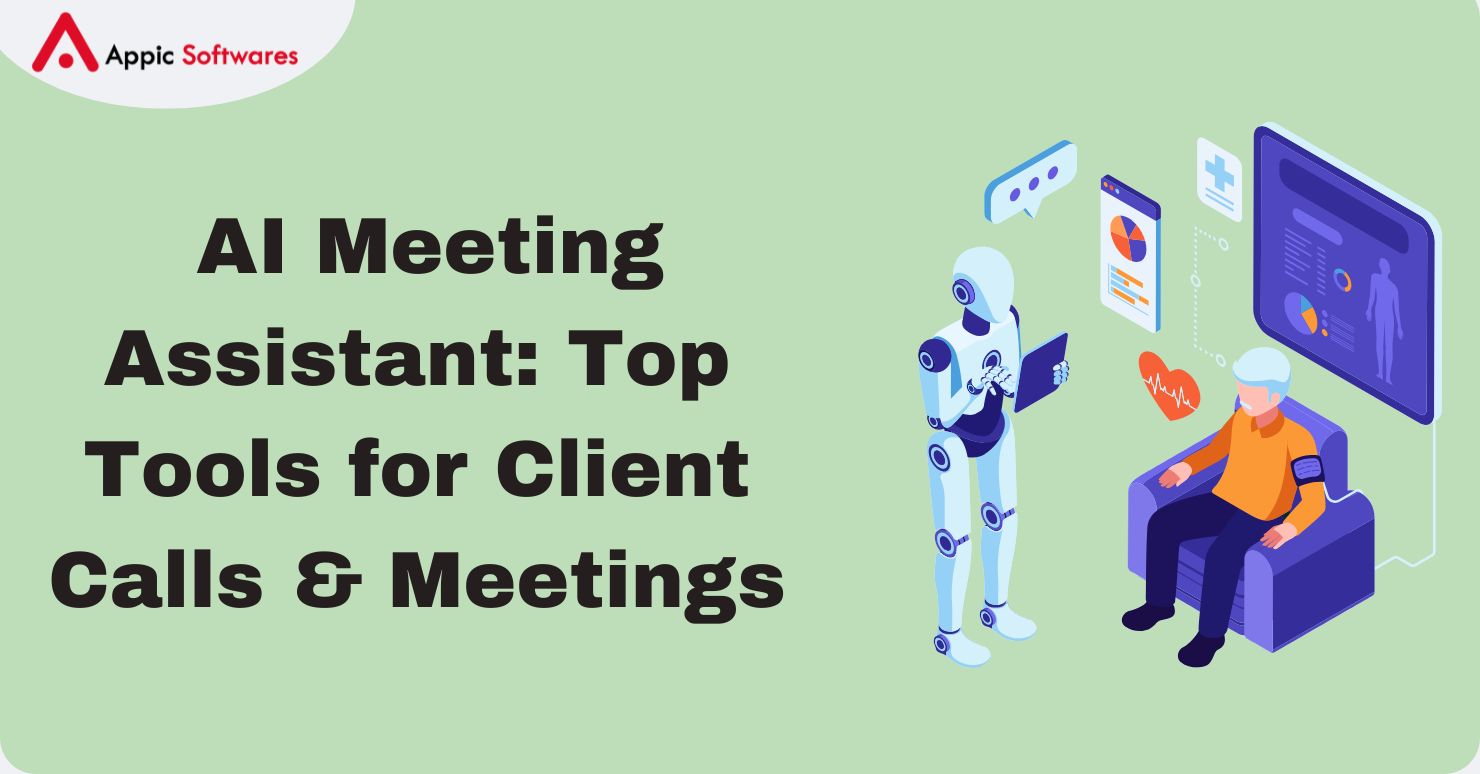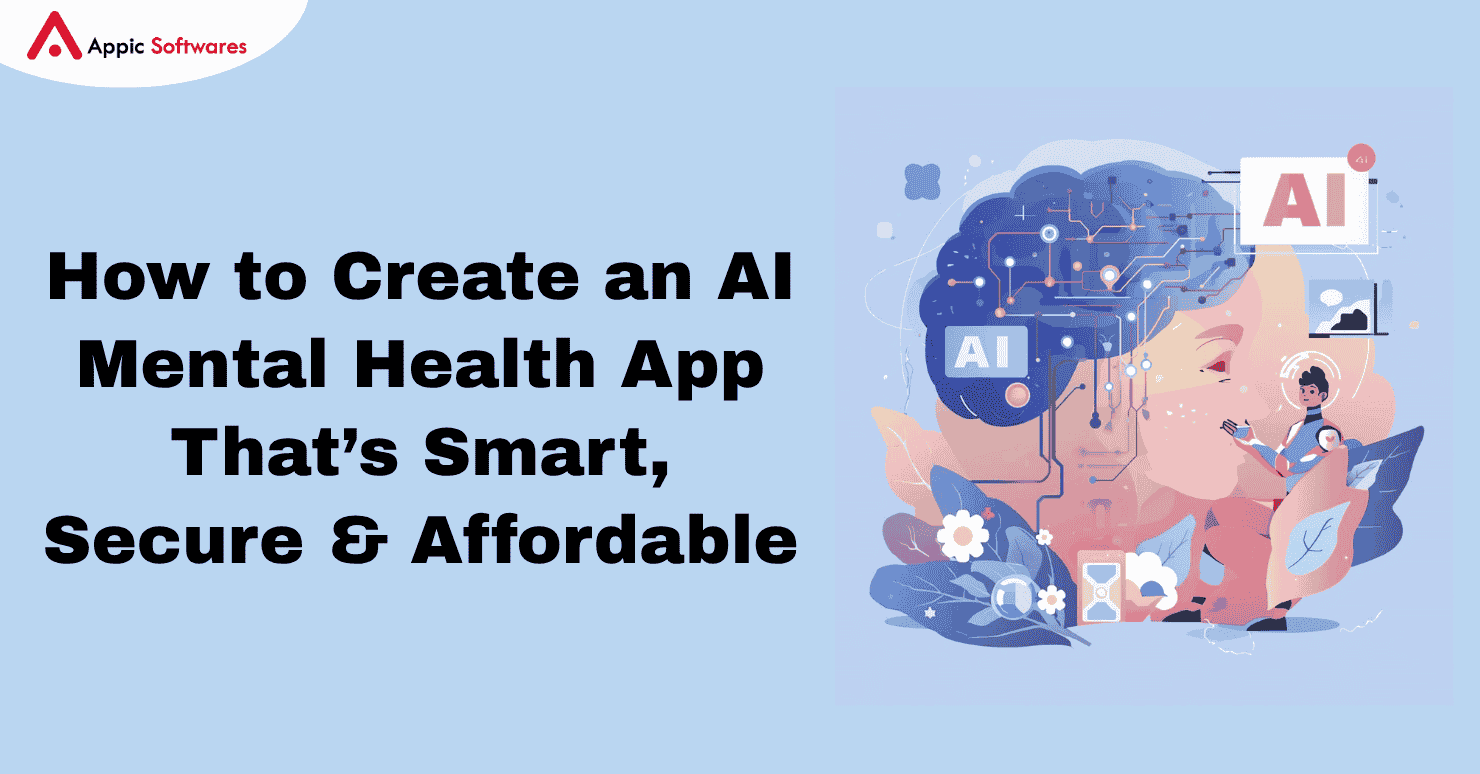
In the age of rapid technology change, many businesses are undergoing a fundamental shift: digital transformation. At its core, digital transformation means rethinking how a company operates, serves its customers, and competes, using technology as a foundation, not just as a tool. Almost 94% of organizations in the United states and United Kingdom have a digital transformation strategy.
For example, an e-commerce brand might integrate AI Agents In Ecommerce into its customer support and recommendation systems. That demonstrates how digital transformation is not just about “going online,” but about embedding intelligent systems across operations.
In this article, we will explore in simple terms what digital transformation is, why it is critical, the benefits, challenges, steps, and how companies like Appic Softwares help make it real.
What Does Digital Transformation Mean?
Digital transformation is more than adopting new software. It is a holistic change across people, processes, and technology. It involves:
-
Reimagining business models such as how you deliver value to customers
-
Transforming operations by making internal processes efficient, automated, and data driven
-
Embedding a technology-first mindset where decisions are based on data and flexibility
-
Focusing on customer experience by offering seamless, personalized, and consistent interactions
Key Components and Technologies
Some of the common building blocks of digital transformation are:
-
Cloud computing for scalability and cost efficiency
-
Automation and Robotics (RPA) to eliminate repetitive manual work
-
Data analytics and Big Data to generate insights from information
-
Artificial Intelligence and Machine Learning to make decisions, predictions, and personalize experiences
-
Internet of Things (IoT) for connecting devices, sensors, and data flows
-
APIs and Microservices to make systems modular and interoperable
-
Mobile and Digital platforms for anytime, anywhere access
Digital transformation is not a one-time project. It is a journey of continuous improvement, adapting to new trends, disruptions, and customer expectations.
Why Is Digital Transformation Important?

Digital transformation is no longer optional. It is essential for survival and growth in today’s competitive environment. Here are the main reasons:
1. Changing Customer Expectations
Customers now expect speed, convenience, personalization, and seamless experiences across channels such as web, mobile, chat, and in-store. If your business lags, customers will switch to competitors.
2. Competitive Pressure
Companies that adopt digital tools and data-driven strategies often outpace legacy players. Digital-first or digitally transformed competitors set new benchmarks in service, pricing, and innovation.
3. Better Efficiency and Cost Savings
Automation, cloud systems, streamlined workflows, and reduced manual work lead to lower overhead and fewer errors.
4. Data-Driven Decision Making
Instead of relying on intuition alone, businesses can use real-time analytics to guide strategy, detect trends, predict outcomes, and respond proactively.
5. Innovation and New Revenue Streams
Digital transformation opens doors to new products, new business models, subscription-based services, and platform models. For instance, many companies now explore building an app for Shopify store anf if you are also intrested in the same then check create an app for shopify store. Deploying apps, intelligent agents, or e-commerce platforms is part of the shift.
6. Resilience and Scalability
Business disruptions such as pandemics, supply chain problems, or market volatility favor companies that are flexible, digital, and adaptable.
Benefits of Digital Transformation
When done correctly, digital transformation can completely change the way a business operates and delivers value. The advantages go far beyond just using modern technology. Here are the key benefits explained in detail:
1. Enhanced Customer Experience
Customers today expect fast, seamless, and personalized interactions. Digital tools allow businesses to understand customer preferences better and create tailored solutions. For example, e-commerce stores use customer data to provide personalized recommendations, while banks use mobile apps for instant transactions.
2. Greater Operational Efficiency
By automating repetitive tasks, streamlining workflows, and moving operations to the cloud, companies save time and effort. This makes processes smoother and reduces human error, which increases overall productivity.
3. Reduced Costs
Though transformation requires an initial investment, the long-term savings are significant. Automation lowers labor costs, cloud services reduce infrastructure expenses, and digital channels cut down physical overheads.
4. Improved Agility
Markets change quickly, and digital-first companies can respond faster. For instance, adopting Autonomous Agents In AI allows businesses to react instantly to real-time situations, such as supply chain disruptions.
5. Data and Insights
Data is one of the most valuable assets of a business. With digital transformation, companies can monitor performance, predict customer behavior, and make smarter decisions. Tools such as Use Cases Of AI In Logistics show how data-driven strategies can optimize delivery routes, reduce costs, and improve timelines.
6. Better Collaboration and Culture
Digital tools break down silos and connect employees across different teams and geographies. Collaboration platforms, cloud-based documents, and real-time communication channels build a culture of openness and teamwork.
7. New Opportunities
Transformation also opens doors for innovation. By adopting AI development services, businesses can create new digital products, launch AI-powered apps, and design unique services that give them a competitive edge.
Challenges and Risks
Although the benefits are clear, digital transformation comes with challenges that businesses need to address:
1. Legacy Systems and Technical Debt
Many companies still rely on outdated systems that do not integrate well with modern tools. Upgrading or replacing these systems can be expensive and time-consuming.
2. High Costs and Investment
Implementing new technologies, training employees, and hiring experts can involve significant costs. However, long-term savings often outweigh the initial investment.
3. Resistance to Change
Employees may worry that automation or AI agents will replace their roles. Addressing these fears through clear communication and training is crucial.
4. Skill Gaps
Advanced technologies such as Types Of AI Agents or machine learning require specialized knowledge. Companies often face difficulties finding skilled professionals.
5. Security and Privacy Concerns
As more business moves online, the risk of cyberattacks grows. Businesses must adopt strong security measures and follow regulations to protect customer data.
6. Unclear Strategy
Without a clear roadmap, digital transformation projects can waste time and resources. Businesses need measurable goals and clear implementation steps.
7. Cultural Barriers
Transformation requires a shift in company culture. If employees and leadership are not aligned, even the best technologies will fail to deliver results.
Steps to Achieve Digital Transformation
To succeed, businesses need a structured approach. Here’s a simple roadmap explained step by step:
1. Define Vision and Goals
Start with a clear vision. Ask: Do you want to improve customer satisfaction? Reduce costs? Enter new markets? Goals should be specific and measurable. For example, setting a goal to increase customer engagement through AI Agent Features is a concrete starting point.
2. Current State Assessment
Analyze where your business currently stands. Review your existing processes, technologies, and team skills. Identify gaps that need to be filled to achieve your goals.
3. Prioritize Use Cases
Not all projects need to start at once. Begin with pilot projects that offer high impact and are easy to implement. For example, testing AI Agents Are Composed Of in customer support before expanding across other areas.
4. Select Technology Partners and Tools
Choose flexible, scalable tools that match your business needs. Avoid generic one-size-fits-all solutions. Working with experts in AI Agent Development Cost can also help you budget effectively.
5. Engage and Train People
Technology alone is not enough. Employees must be trained and motivated to use new tools. Upskilling programs and open communication help reduce resistance.
6. Secure and Comply
As more systems go digital, cybersecurity becomes vital. Embed data protection, privacy policies, and compliance into your transformation plan from the beginning.
7. Implement Iteratively
Do not attempt to change everything at once. Start small, test results, make adjustments, and then scale up. This reduces risk and improves learning.
8. Measure and Improve
Track performance using KPIs such as customer satisfaction, cost savings, or process efficiency. Regularly review and refine your strategy to ensure success.
9. Scale and Institutionalize
Once pilot projects succeed, scale them across the organization. Make digital-first thinking a part of your company culture, so transformation becomes business as usual.
Conclusion
Digital transformation is not just about adopting new technology. It is about rethinking how businesses operate, engage customers, and create long-term growth. While there are challenges, the benefits outweigh the risks for companies willing to plan carefully and embrace change.
With solutions like AI development services and practical applications such as use cases of AI in logistics, businesses can achieve greater efficiency, agility, and innovation.
Partnering with experts like Appic Softwares ensures a smooth journey from strategy to execution, helping companies succeed in this digital-first world.
FAQs
1. Does digital transformation mean replacing all old systems?
Not necessarily. A smart approach often involves integrating new tools with legacy systems through APIs, middleware, or microservices instead of replacing everything.
2. How long does digital transformation take?
There is no fixed timeline. Some elements can take months while full transformation may take years. The process is continuous and evolves with business goals and technology.
3. What should a business start with, technology or culture?
Both are important but culture is key. Without the right mindset, even the best technology will not succeed. Start with leadership vision, employee buy in, and then introduce the technology in phases.








